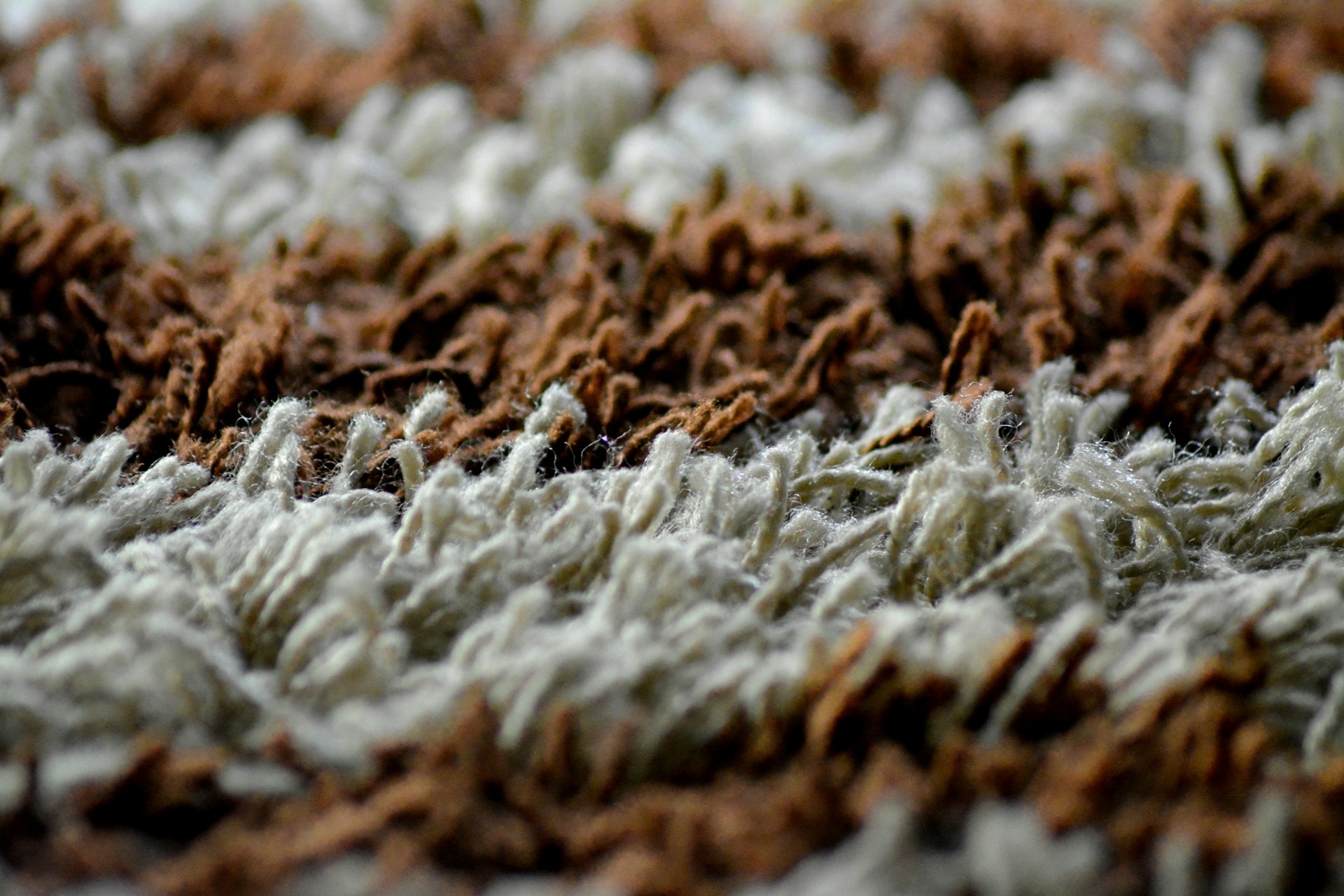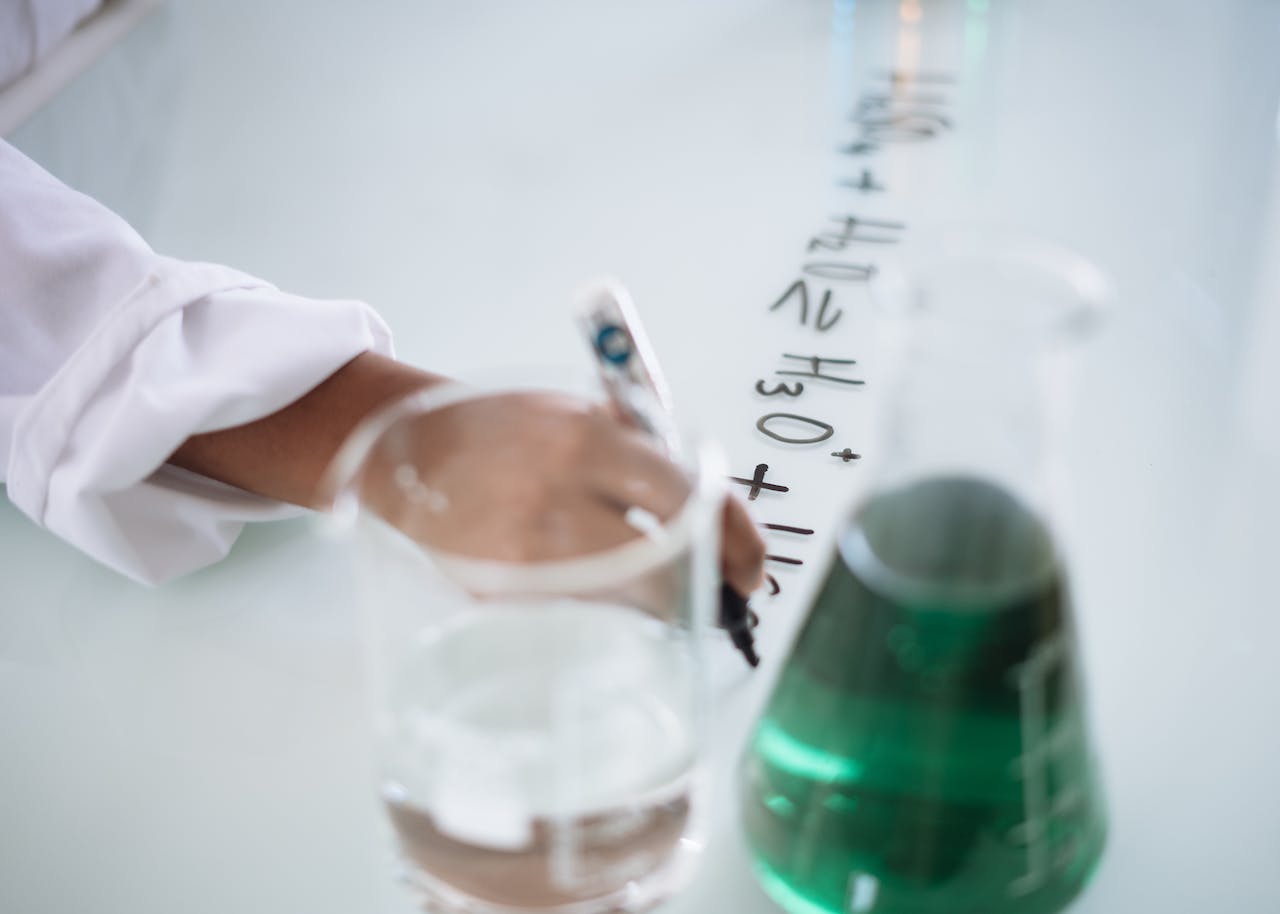Enzymes are biological catalysts that speed up chemical reactions, including those in living organisms. In carpet cleaning, specific enzymes are used to target and dissolve organic stains like proteins, fats, or carbohydrates without harming the carpet’s fabric. This process, known as enzymatic degradation, breaks down stains into soluble fragments, making them easier to remove.
If you are interested in carpet cleaning and follow the latest trends in the field, you have probably come across terms like “revolutionising”, “cutting-edge”, and “game-changer” hundreds of times. In many cases, such descriptions are nothing more than catchphrases, but enzyme-based materials are the rare exception to the rule. They have increased cleaning efficiency while reducing the use of water and electricity. More importantly, they have dramatically cut the reliance on chemical-based detergents that have plagued professional carpet cleaning for decades.
And yet, we might have just scratched the surface of using these natural compounds to remove stains, accumulated grime, and bad smells. Many people may still gasp in awe while their cleaning robot roams the living room carpet. However, it is the enzymes that may redefine the rules of professional carpet cleaning.

What Are Enzymes And How Do They Work?
To make a long story short, enzymes are biological catalysts that facilitate chemical reactions. You can find them in any living organism, including the human body. For example, enzymes are critical for proper food digestion – if you take probiotics, you will find them among the main ingredients.
Significant technological and scientific advances in the last two decades have allowed leading experts in biochemistry to target specific enzymes and use their qualities in areas that would have seemed science fiction just twenty years ago.
But what does that have to do with carpet cleaning? Enzymes’ best property is that they can target particular molecules while being completely harmless to others. For example, enzyme X can interact with a natural protein (a food stain) and completely dissolve it but has 0% interaction with the wool or cotton fabrics of the carpet. These compounds work on organic matter – proteins, fats, or carbohydrates. They break them down on a molecular level and turn them into soluble fragments, which are much easier to remove. The process is called “enzymatic degradation” – in effect, the solution “digests” the stain or the targeted residue.
Why Have Enzymes Become The New Rave In Professional Carpet Cleaning?
Carpet-related problems have not changed throughout the years. Basically, we still spill the same things, our pets have the same “guilty” habits, and we still have to protect our toddlers and younger kids. It is the solutions to these problems that have changed. Eighty years ago, the only way to clean a carpet was to take it to the nearby river and wash it with soap or do it in the backyard using a boatload of running water. Then, the vacuum cleaner made things seemingly easier, though hardly more thorough. Hot water extraction was the next step in the evolution, and it still remains the go-to treatment method for heavily soiled carpets. So, how do enzymes fit in this historical picture?
Professional carpet cleaners have always looked for ways to deliver better results with less effort. Enzymes might be the key to that goal. Their most significant advantage compared to hot water extraction is their specificity. You cannot treat a 10-inch-by-10-inch area with a heavy-duty, hot water extraction machine, but you can do it with an enzyme-based solvent. For example:
- Protease enzymes dissolve protein materials – blood and food stains;
- Amylase enzymes target carbohydrates – starch or sugar-based materials (chocolate, for example);
- Lipase enzymes dissolve grease and oil-based stains.
This specification allows carpet cleaners to target much smaller, problematic areas more efficiently. It also dramatically cuts the cleaning and drying time – some enzyme-based materials do not even require water, only a quick suction removal after they’ve worked their magic.
For homeowners and business managers, however, enzymes’ greatest advantage lies in their nature. They are organic, biodegradable, and health-safe, and they pose no risk either to the carpet fibres or the environment. Even better, they have no carbon footprint, which makes them the most sustainable cleaning method available today.

Enzymes Are Here To Stay
So, let’s go through the main pros of today’s enzyme-based materials available on the market:
- They are undisputedly the most efficient tool for targeting specific problems and limited areas – stains, pet urine, or bad smells, for example. Because they work on a molecular level, enzyme solvents are much more thorough and effective than any other method.
- They allow carpet-care technicians to work faster and do not require heavy-duty equipment, copious amounts of water and electricity.
- Unlike chemical-based solutions, which must be applied with extreme care, enzymes do not threaten the carpet fibres and cannot trigger an allergic reaction.
- They work equally well on similar surfaces, such as rugs, upholstered furniture, curtains, mattresses, and clothes.
- Enzyme-based materials are the ultimate sustainable cleaning tool, which perfectly suits today’s customers’ preferences and requirements.
To be fair and balanced, we also have to mention the obvious cons:
- Enzyme-based solutions are not suitable for regular, overall carpet maintenance. Carpet-care technicians usually apply them for specific problems.
- They require subtle knowledge and prior experience. As we have pointed out, a lipase enzyme will not work on a protein stain, so the one-size-fits-all approach many carpet owners seek is impossible here.
When we weigh the advantages and disadvantages, it becomes self-evident that enzyme-based solutions will not only continue to be a part of any professional cleaner’s arsenal – they might become the most preferred weapon.
The Pro’s Choice – Our Selection Of Top-notch Enzyme-based Solutions
- Prochem Natural Carpet Cleaner. Prochem is among the leading brands of professional cleaning materials, and their enzyme-based carpet cleaning solution does not disappoint. The Natural Carpet Cleaner combines a blend of enzymes that target protein, grease and other organic residue. The product has an outstanding reputation among professional carpet cleaners in the UK.
- Chemspec Enz-All is another top-notch multi-purpose cleaner with enzymatic ingredients. It works particularly well on oil and grease stains, and we strongly recommend it for restaurant carpet cleaning jobs.
- Enzyme Wizard Carpet And Upholstery Cleaner. The product might be relatively newer compared to others on the list, but it has become a staple in our pet urine removal routine. It is also impressive when treating stubborn old stains. Disadvantages – none.
- BIO-productions Enzyme Pre-spray should be your go-to product if you deal with nasty organic stains—it works particularly well on blood, vomit, and dairy stains. Since it is a pre-spray formula, the product dilutes up to a 1:100 ratio, making it highly affordable.

